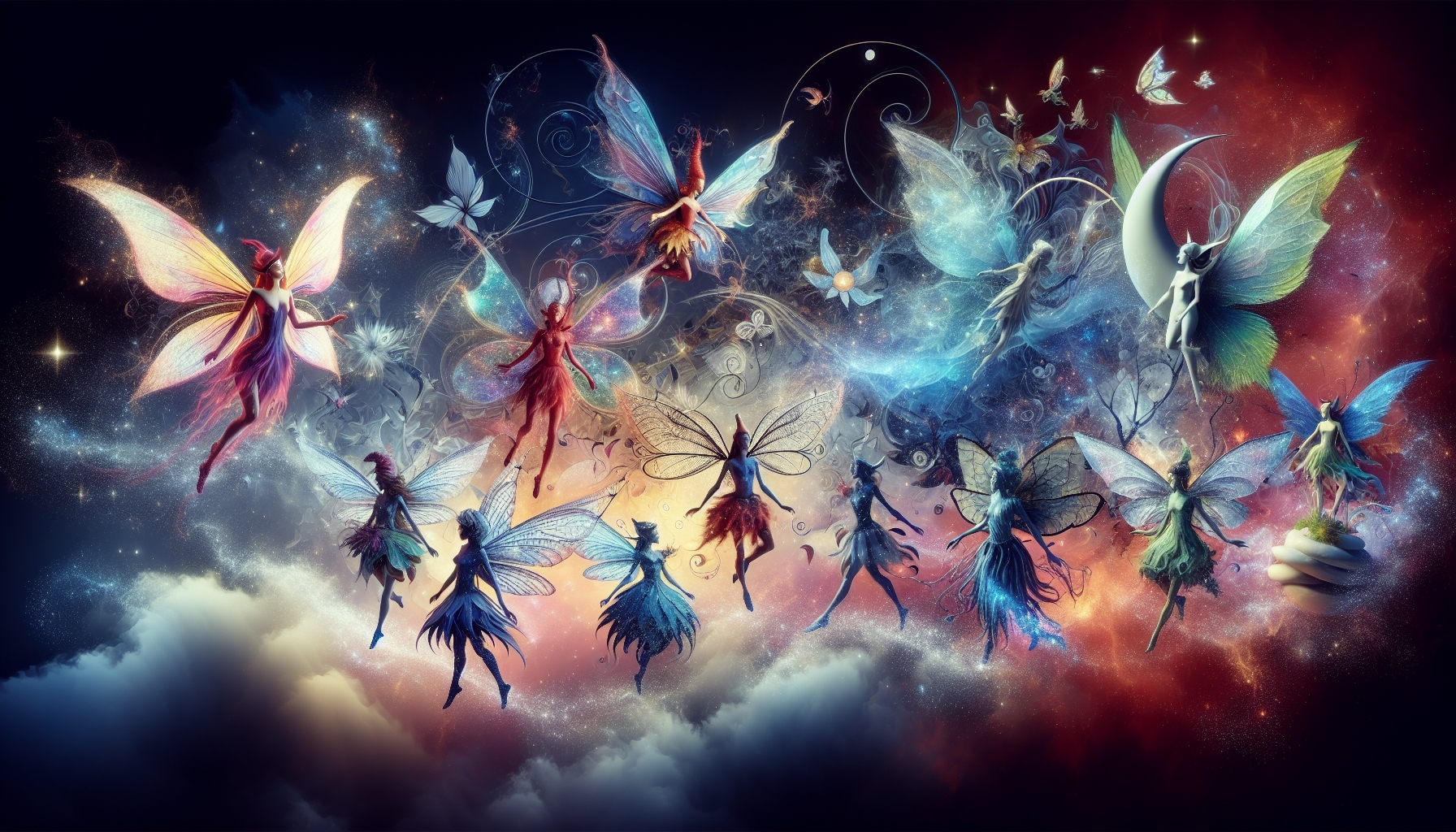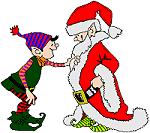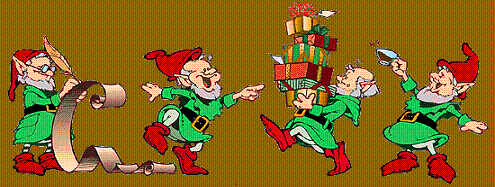
Christmas Elves and Santas Elves
Christmas elves or Santa's elves, those magical creatures clad in red or green (Christmas colors), live and work in the North Pole. They are Santa's little helpers, making toys in Santa's workshop.
Also included in their job description is taking care of Santa's reindeer, maintaining the sleigh, sorting through Santa's letters from the children and making sure that those children are asleep before Santa delivers presents on Christmas Eve. These are the elves that help Santa that we know today...but it wasn't always so!
History Of Christmas Elves
Elves, in general, were known throughout Northern Europe through storytelling, as were other magical creatures such as fairies and pixies. However, these elves were introduced during the 19th century.
In 1850, the Christmas issue of "Godey's Lady's Book" featured a picture of a modern Christmas tree on its cover. Widely circulated, Godey became very influential in the birth of Christmas tradition. Again, in 1873, its Christmas issue featured a front cover illustration showing Santa amid toys and Santas Elves with the caption, "Here we have an idea of the preparations that are made to supply the young folks with toys at Christmas time." Thus, santas elves became a part of the Santa story.
European folklore cast this little elf as a crafty, mischievous prankster who was especially vexing during the pre-Christmas period.
The German word, "Albtraum" means "nightmare" and also translates to "elf dream". It was believed that by sitting on a dreamer's head, an elf would cause a nightmare.
Christmas elves are mythical creatures often associated with Santa Claus and the Christmas holiday. They are depicted as small, human-like beings with pointy ears, wearing festive clothing such as green and red tunics, tights, and hats. In popular culture, elves are known to assist Santa Claus at his workshop in the North Pole, where they make toys and prepare gifts for children all around the world.
The concept of elves in the context of Christmas is believed to have its origins in 19th-century Scandinavian and British folklore. They were first mentioned in Christmas literature in the United States during the 1850s. Over time, the depiction of Christmas elves evolved and became more standardized, with the modern image of the Christmas elf emerging in the early 20th century.
Christmas elves are mythical creatures that are often associated with the Christmas holiday. They are traditionally depicted as small, impish beings with pointy ears, colorful outfits, and a cheerful demeanor. In Christmas folklore and popular culture, they are known as Santa Claus's helpers, assisting him in various tasks related to the holiday, such as making toys, managing the gift list, and caring for the reindeer.
The concept of elves in Christmas lore can be traced back to various European traditions, most notably the Scandinavian and British folklore. The modern image of Christmas elves became popular in the United States during the 19th century, largely through the works of authors like Clement Clarke Moore and his famous poem "A Visit from St. Nicholas" (also known as "The Night Before Christmas").
Elves have since become a staple of Christmas-related literature, movies, and television specials. They are often portrayed as playful, mischievous, and highly skilled in various crafts. In modern times, the Elf on the Shelf tradition has become a popular way to incorporate Christmas elves into holiday celebrations, with families hiding a toy elf around the house for children to find each day leading up to Christmas.
Christmas elves serve as a symbol of the magic and wonder associated with the holiday season, bringing joy and excitement to children around the world.

Elves were thought responsible for everything from making milk sour to running off with the evening meal! The people of Scandanavia believed that if they left out a bowl of porridge for the elves, it would discourage them from playing tricks.
These elves today serve as a reminder to children to be good (nice), not bad (naughty). (From the Christmas Song: Here Comes Santa Clause")
Christmas elves have since become a significant part of Christmas lore and are featured in various forms of media, including books, movies, and television shows. They often represent the spirit of giving, hard work, and the magic of the holiday season.

